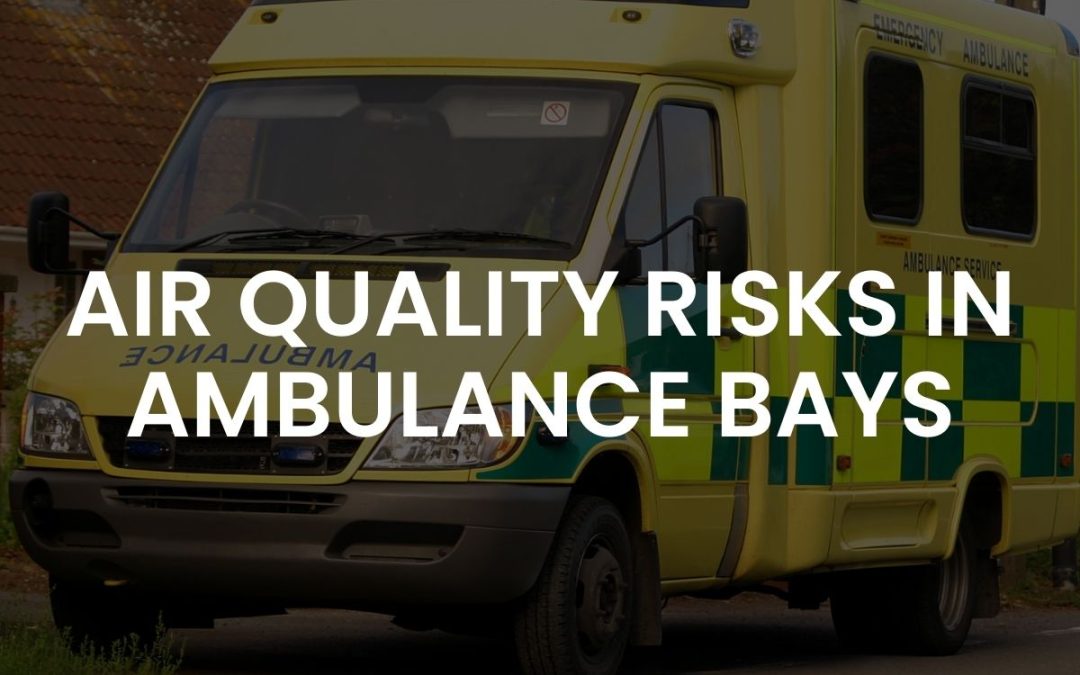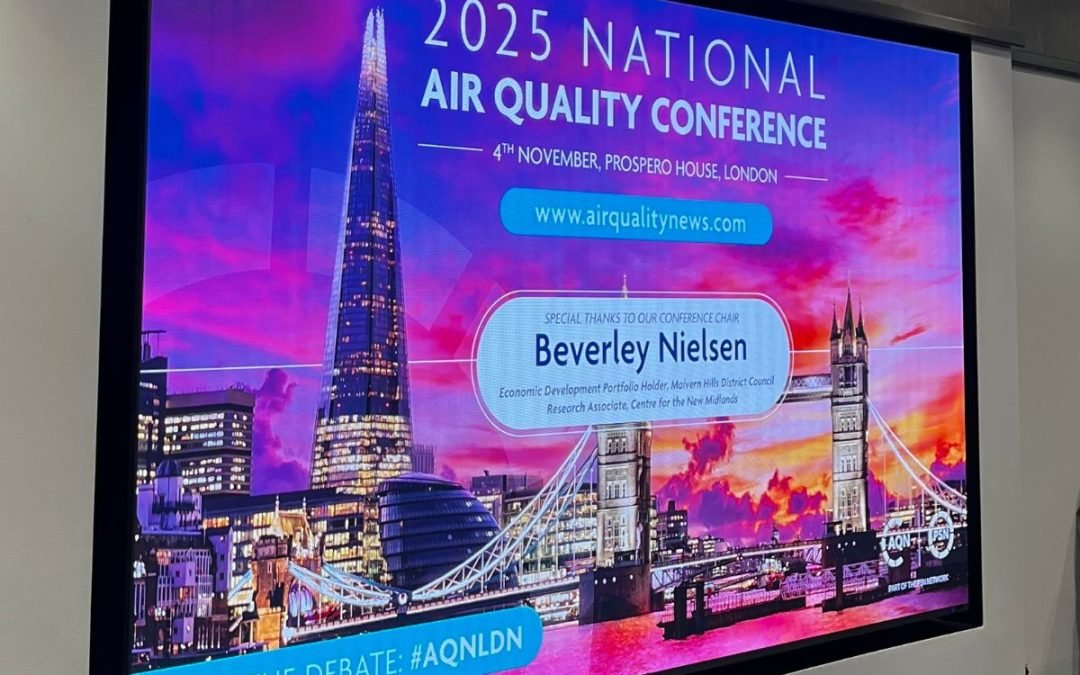Imagine waking tomorrow morning with a tight chest and struggling to breathe. You would probably think it’s just the start of a cold. But what if the culprit was actually a brief spike in air pollution that occurred the day before? This is not as far-fetched as it may seem.
Recent scientific studies have uncovered a troubling reality that is little know, short-term exposure to pollution spikes can cause serious, acute health effects.
But, they are going unnoticed and are even masked if our focus remains on average pollution levels.
Today we are making the case that it is time to look beyond the averages and confront the real danger lurking in our air.
The Science Behind Short-Term Pollution Exposure
A growing body of research has begun to shed light on the links between brief pollution spikes and various health impacts. Let’s dive into some of the key findings:
* A 2022 study by Gariazzo et al. found that short-term exposure to particulate matter (PM10 and PM2.5) was associated with increased mortality from natural, cardiovascular, cardiac, respiratory, and nervous system causes.
* The same study also linked short-term NO2 exposure to increased respiratory and metabolic mortality.
* Another 2022 study by Liu et al. revealed that even at levels below current air quality standards, short-term exposure to PM2.5, O3, and NO2 was linked to increased all-cause mortality.
These findings underscore the urgent need to focus on peak pollution events, not just average levels, to fully protect public health.
Acute Health Effects of Pollution Spikes
So, what exactly happens to our bodies when we’re exposed to these short-term pollution spikes? The answer is troubling:
Respiratory Effects
- Pollution spikes can exacerbate asthma symptoms, leading to increased use of rescue medications.
- Brief exposure to high pollution levels can also increase the risk of respiratory infections.
Cardiovascular Effects
- Short-term spikes in particulate matter have been linked to increased risk of heart attacks, strokes, and cardiovascular mortality.
- Even brief exposure to elevated levels of air pollutants can put stress on the cardiovascular system, especially for vulnerable individuals.
Metabolic and Nervous System Effects
- Recent studies have found associations between short-term NO2 spikes and increased diabetes mortality.
- Exposure to brief PM spikes has also been linked to increased mortality from nervous system disorders.
It’s clear that pollution spikes can have wide-ranging and severe impacts on our health, even if overall pollution averages seem “normal.”
The Danger of Focusing on Averages
For too long, air quality management has relied on checking average pollution levels to assess risk and make decisions. However, this approach can mask the dangerous reality of short-term spikes.
Imagine if your daily alcohol intake was calculated as an average over a month. You might think there is nothing to work about, even if you had a few days of extreme overdrinking. But those brief spikes in alcohol consumption could still have serious long-term effects on your health.
The same principle applies to air pollution. Even if overall average pollution levels are “low” or “moderate,” brief spikes can still cause acute health impacts, especially for vulnerable populations like children, the elderly, and those with pre-existing conditions.
Protecting Health with Real-Time Spike Detection
To truly safeguard public health, we need to move beyond averages and prioritise real-time detection and mitigation of pollution spikes. This requires:
- Continuous, high-resolution monitoring to capture short-term spikes as they occur
- Rapid response measures to reduce pollution levels during peak events
- Targeted interventions to protect vulnerable populations from acute exposure
By shifting our focus to real-time spike detection and mitigation, we can create a future where the public is protected from the overlooked dangers of short-term pollution events.
The Vulnerability of Sensitive Populations
While pollution spikes can harm anyone, certain groups are particularly vulnerable:
- Elderly individuals, whose bodies may be less resilient to the stress of acute pollution exposure
- Children, whose developing lungs and immune systems are more susceptible to damage
- Those with pre-existing respiratory or cardiovascular conditions, who may experience exacerbations of their symptoms
The Bottom Line
The science is clear: short-term pollution spikes can pose a acute threat to our health, even when overall pollution levels seem “safe.” It’s time for air quality professionals to embrace a “spike-centric approach”, leveraging real-time monitoring and rapid response measures to protect the public from these overlooked dangers.
Don’t let averages lull you into a false sense of security. The real danger is in the spikes, and it’s up to all of us to confront this threat head-on.
Interesting in this topic, we have listed 5 more reasons why an average approach to air quality is not what you need.





